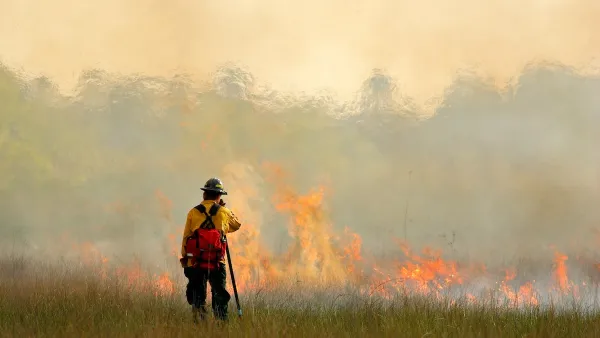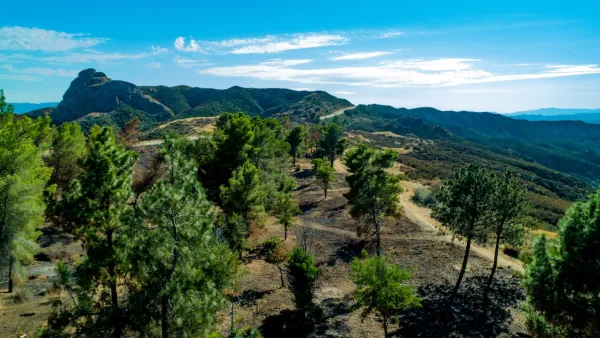Fire experts emphasize the need to replace highly flammable trees like Mexican fan palms and eucalyptus with fire-resistant species such as oak, sycamore, and toyon, while also strengthening home fire defenses to reduce wildfire risks in California.

In the wake of devastating wildfires across Southern California, the conversation around fire-resistant landscaping has intensified. While trees provide beauty, shade, and ecological benefits, experts caution that certain species — particularly Mexican fan palms, Italian cypress, and eucalyptus — act as dangerous fire accelerants, spreading embers and intensifying destruction. Ecological horticulturalists and fire scientists emphasize that the solution is not to remove all vegetation but to choose species strategically, with an emphasis on moisture-rich, fire-resistant trees like California live oak, sycamore, and toyon, which can help intercept embers and slow fire spread.
As reported by Steve Lopez, researcher Alexandra Syphard and other fire ecology experts stress that hardened structures, not vegetation alone, determine a home’s ability to withstand fire. Many homes are ignited from within due to embers entering through vents, shattered windows, and open garage doors. Double-pane windows, fine-mesh vent screens, and proper brush management—rather than excessive clearing—can make a significant difference in fire resilience. Even in the aftermath of destructive blazes, certain plants have demonstrated remarkable resilience, such as California lilac, which survived while structures around it burned.
Experts recommend replacing highly flammable trees with fire-resistant alternatives such as oak, sycamore, toyon, lemonade berry, and lilac. Landscape architect Kay Stewart suggests succulents and cactus as additional safeguards, while biologist Cristhian Mace underscores the importance of smart planning, maintaining defensible space, and integrating non-combustible building materials. While the idea of removing iconic palm trees may be met with resistance, fire safety advocates argue that proactive changes in landscaping are necessary to adapt to the increasing wildfire risks in California.
FULL STORY: Column: Slow the spread of fire? ‘We have to get rid of the palm trees’

National Parks Layoffs Will Cause Communities to Lose Billions
Thousands of essential park workers were laid off this week, just before the busy spring break season.

Retro-silient?: America’s First “Eco-burb,” The Woodlands Turns 50
A master-planned community north of Houston offers lessons on green infrastructure and resilient design, but falls short of its founder’s lofty affordability and walkability goals.

Delivering for America Plan Will Downgrade Mail Service in at Least 49.5 Percent of Zip Codes
Republican and Democrat lawmakers criticize the plan for its disproportionate negative impact on rural communities.

Test News Post 1
This is a summary

Test News Headline 46
Test for the image on the front page.

Balancing Bombs and Butterflies: How the National Guard Protects a Rare Species
The National Guard at Fort Indiantown Gap uses GIS technology and land management strategies to balance military training with conservation efforts, ensuring the survival of the rare eastern regal fritillary butterfly.
Urban Design for Planners 1: Software Tools
This six-course series explores essential urban design concepts using open source software and equips planners with the tools they need to participate fully in the urban design process.
Planning for Universal Design
Learn the tools for implementing Universal Design in planning regulations.
EMC Planning Group, Inc.
Planetizen
Planetizen
Mpact (formerly Rail~Volution)
Great Falls Development Authority, Inc.
HUDs Office of Policy Development and Research
NYU Wagner Graduate School of Public Service





























